This article has been sponsored by Muskaan Dreams.
Amol Namdev Ghorpade (11) would find a new reason to skip school every day. But on days he couldn’t manage an excuse, he’d spend his time daydreaming in the classroom. A Class 6 student of Nashik’s Zilla Parishad Primary School, Amol dearly wished for school to become more “fun”.
And then his wish was answered.
When Amol entered the classroom one morning, he noticed a new entity that seemed to dim everything else in comparison — a digital device! The rarity promised to bring subjects like Science, Maths and English alive through visual aids and multimedia.
In the months that followed, Amol’s teachers noticed a drastic change in his attitude towards school. From a boy who sat quietly and waited for the bell to go off so he could rush home, to one of the star students of his class whose hand went up every time a question was asked, the transformation was evident.
Amol is one of the millions of children around the world who have been positively impacted by the growing digital revolution. And exacerbating this are organisations such as Global Digital Alliance (GDA) — a global movement of leaders to prioritise digital inclusion in education — and Muskaan Dreams — a tech-driven non-profit organisation.
While the GDA brings together stakeholders to enable them to work in collaboration to bridge the digital divide in India, Muskaan Dreams is championing change through a two-pronged approach — wherein they bring tech and innovation into public schools in India and empower teachers to become adept at this new wave of teaching.
The two strongly believe that digital access is a necessity rather than a luxury. And this is exactly the message the Global Digital Alliance is attempting to drive home by mobilising technology to create educational equality for all.
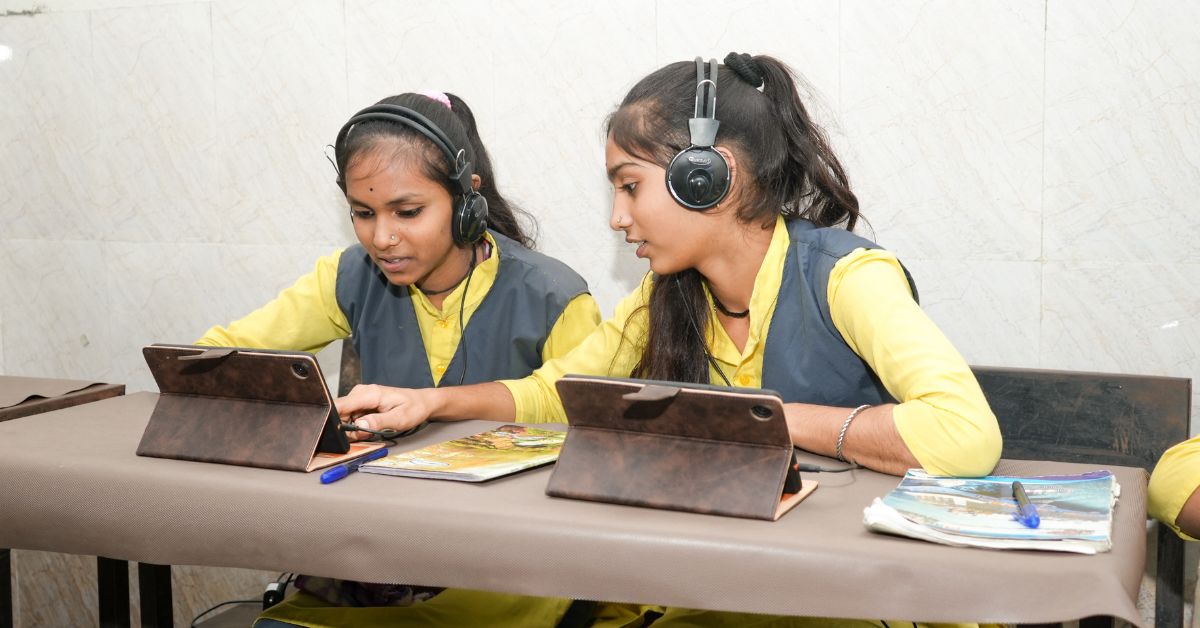
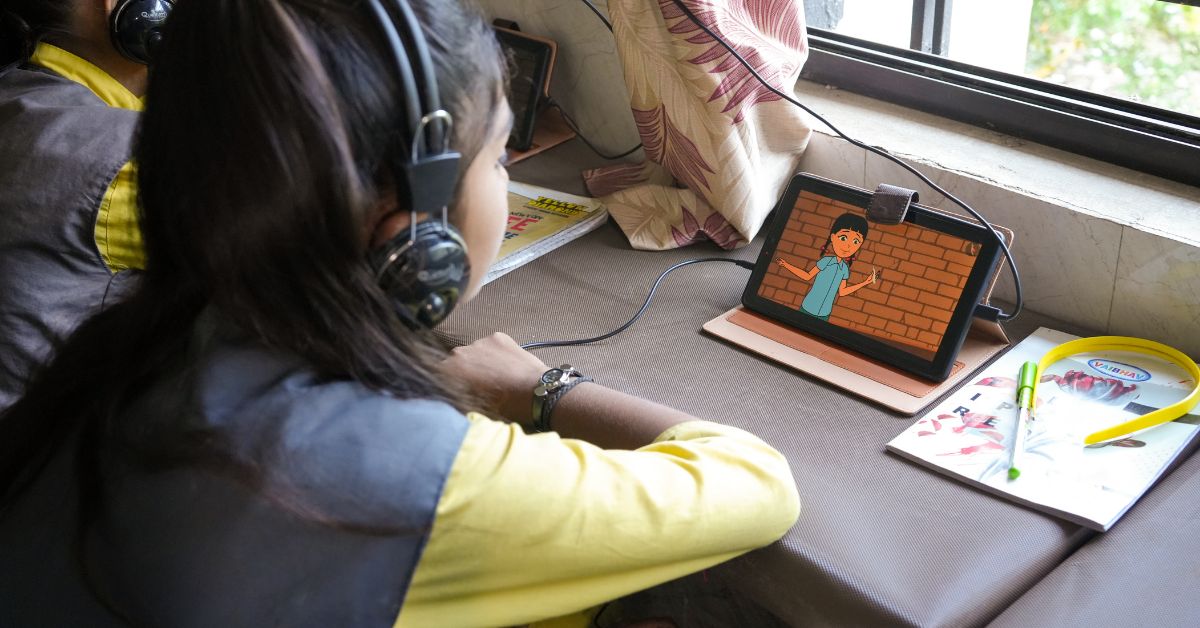
Spotlighting the problem
Lack of digital literacy is a pressing issue in India. This fact is backed by a WEF Education 4.0 India Insights Report that revealed a staggering 60 percent of schools do not have functional computers and 75 percent do not have internet connectivity. These statistics point to the growing digital divide even in the face of expanding technology.
However, another study reveals that in India, more than 250 million children are in the age group of 5 to 15 years — a majority of them enrolled in public schools in rural India which face numerous logistical and administrative challenges when it comes to integrating tech into their curriculum.
This irony points to the fact that the very places where digital literacy will have a massive impact, are the places where it is missing.
The data holds up a mirror, beckoning stakeholders to spot the unfairness that students from rural areas of India are subject to, as their counterparts in metropolitan private schools have access to the best tech.
But simply introducing tech into schools would prove futile. A lack of infrastructure and resources would have to be addressed first. And this is what the Global Digital Alliance cites its mission as.

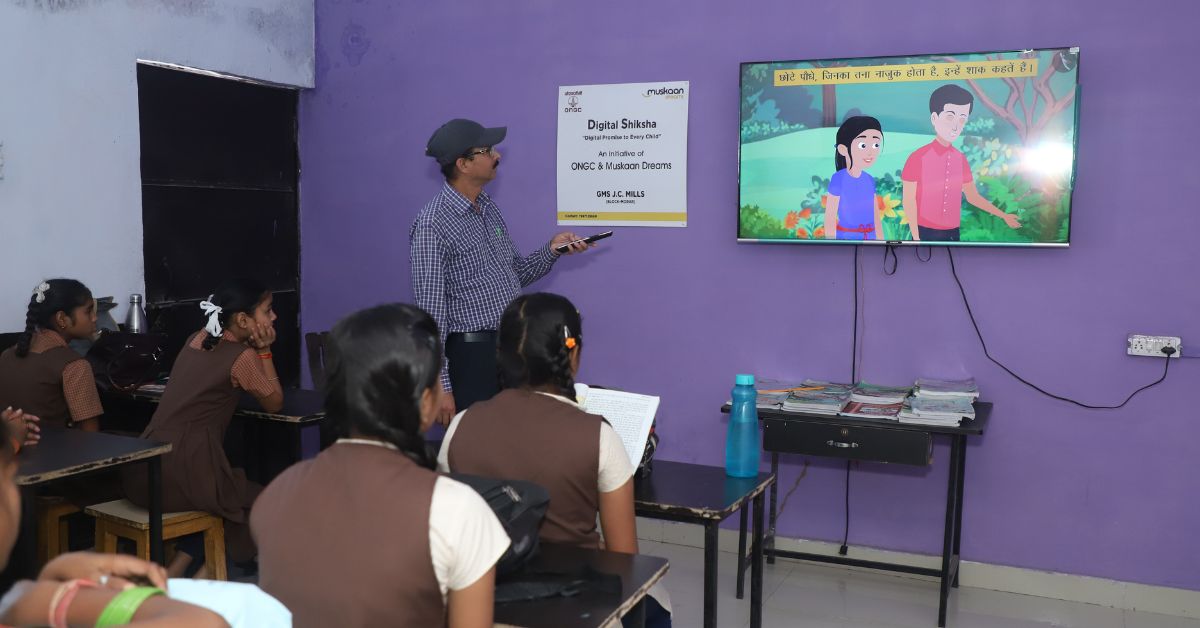
A summit that holds the answers
The Global Digital Alliance intends to bridge the digital divide for “100 million students” through creating access to digital infrastructure, internet connectivity and teachers’ professional development. It aims to “kindle a global movement” through collaborative actions with stakeholders, and research and advocacy that focuses on real-world case studies.
In fact, you now have a chance to witness these plans in real time at the Digital Inclusion Summit — which will bring together leaders from across the world who share the dream of bridging the digital divide in education.
Set to take place on 2 February, 2024, in Delhi, the summit will see a host of panel discussions that track numerous topics exploring tech in teaching — leveraging AI and tech to empower students, the role of the Government in integrating tech in education, the role of industry leadership in improving digital access, and building future-ready teachers.
The summit is a joint initiative between GDA and Muskaan Dreams and will feature a host of speakers from all walks of the corporate diaspora who bring to the table deep insights about integrating technology into education.
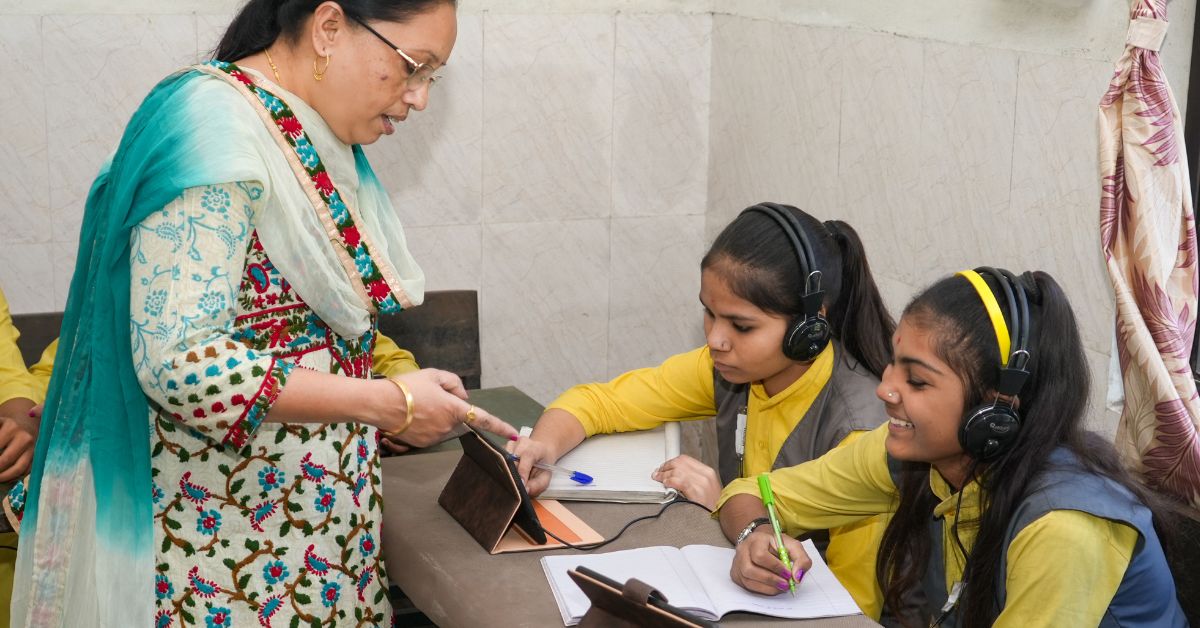

Some of the speakers include Mr Akash Tripathi, IAS, CEO, MyGov & India Semiconductor Mission; Dr Ritesh Malik, trustee, Plaksha University & co-founder, Accelerate Indian Philanthropy; Mr Anurag Pratap, VP & CSR leader, Capgemini India; and Ms Urvashi Prasad, director, NITI Aayog.
While GDA sees this as one more step to fulfilling the digital dream, Muskaan Dreams founder and CEO Abhishek Dubey says it is a wonderful way of bringing together great minds to champion change in the educational sector, especially when it comes to remote India.
A step-wise approach to educational equality
Since its launch in 2017, Muskaan Dreams has believed that an effective strategy lies in not only providing tech to public schools but also empowering the teachers in these schools by working with the existing Government machinery.
“We came to see how despite technology being present in schools, most teachers were not aware of how to use it for meaningful engagement. That’s where the challenge is,” Dubey shares.
Where there is a challenge there is also opportunity, and Dubey and his team resolved to find the scope for hope in these issues. To meet its goal of impacting one million students through digital literacy by 2025, Muskaan Dreams signs an MOU with the respective state governments citing the districts they are looking to work in and the schools they want to target.
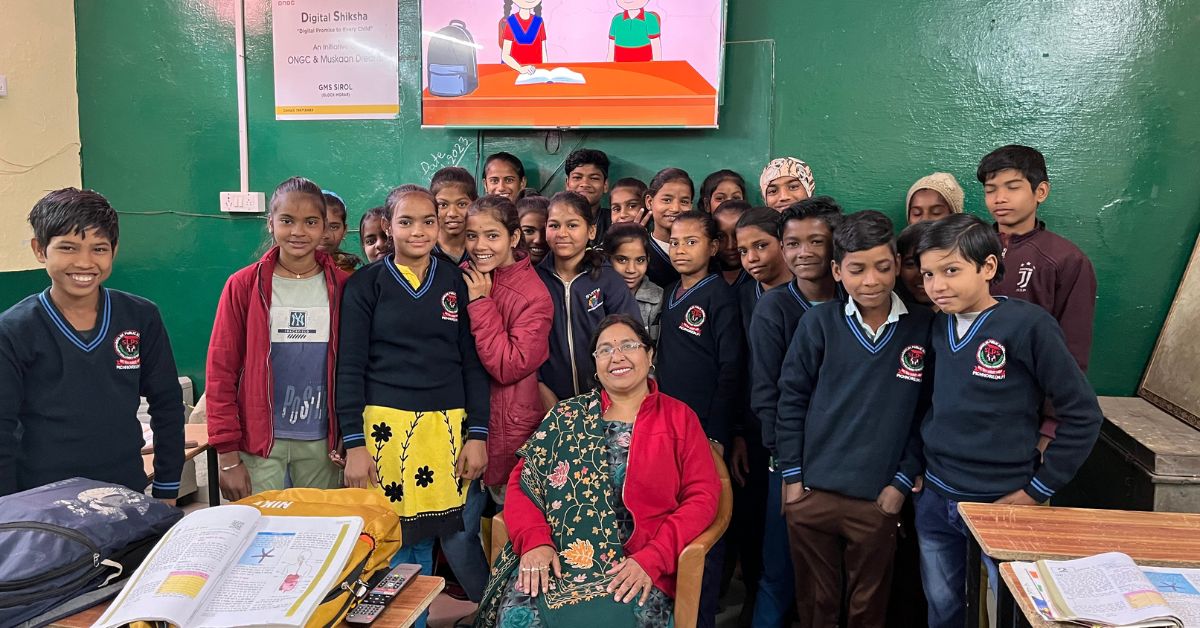

To be selected, the schools must satisfy a set of criteria. “We tend to incline towards schools where students are concentrated between Classes 6 to 8. At this age, we believe they can get the full advantage of digital tools.” In addition to this, Dubey says they also select schools basis of the receptiveness they see towards tech in the school and among the teachers.
Once the school has been zeroed in on, the digital setup is done and teachers are trained to adopt the technology. In the following months, metrics assessing the teacher’s usage of the installed content, the student’s performance, and the school’s adeptness at the technology are judged.
Routine visits to the schools enable the team to get a clear understanding of whether students are benefitting through the modules. The last step is sustainability — where Muskaan Dreams waits in the wings while the school now operates by itself, shares Abhishek.
Now with the Global Digital Alliance encouraging such models, one can anticipate the dream of ‘digital literacy for all’ to soon be a reality. And here’s how you can get a front-row seat to the revolution taking place in the world of education.
Edited by Pranita Bhat
No comments:
Post a Comment